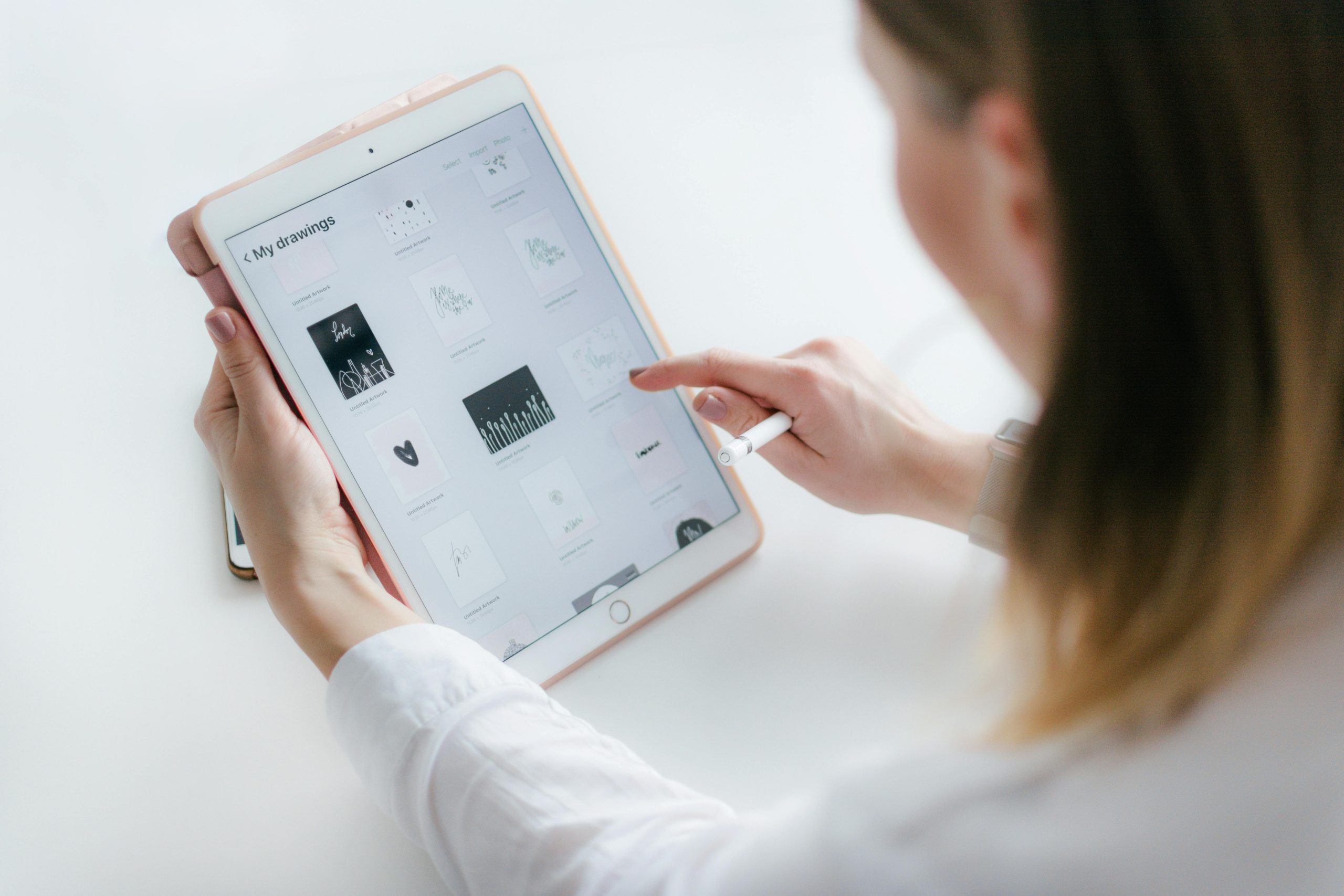Technology is now a part of every moment of our lives. We wake up with it, work with it, relax with it, and carry it everywhere we go. This level of integration brings incredible convenience, but it also creates new digital pressures that affect our attention, productivity, and wellbeing.
In this article, we explore the impact of technology on daily life, the benefits and risks of constant connectivity, and simple, practical habits that help you build digital balance.
Why Technology Feels “Always On”
Technology is no longer something we use occasionally—it’s something that sits at the centre of our day.
Your smartphone is now your:
- alarm clock
- camera
- notebook
- calendar
- music player
- news feed
- work device
Workplaces are built on cloud software, online meetings, and automation. At home, streaming, online banking, smart appliances, and connected devices shape your routine.
This constant presence isn’t bad—but without boundaries, it can overwhelm your time and attention.
The Benefits of Instant Connectivity
Instant connectivity is one of the most powerful advantages of modern technology. It helps us:
- stay in touch with family and friends
- communicate with teams across locations
- collaborate in real time
- work remotely
- build global communities
- share ideas quickly
Distance no longer limits communication.
But the flip side is the expectation to respond instantly. Messages, emails, and notifications arrive at all hours, making it harder to mentally disconnect from work or social pressures.
How Technology Influences Productivity
When used well, technology boosts productivity dramatically. Tools like task managers, automation, AI assistants, and cloud systems help us:
- organise projects
- streamline workflows
- automate repetitive tasks
- access information instantly
- collaborate efficiently
But productivity drops when technology becomes a source of distraction. Constant notifications, pop-ups, and multitasking reduce focus and increase mental fatigue.
Productivity isn’t about using more tools—it’s about using the right tools intentionally.
The Mental Load of the Digital World
Digital overload impacts how we think and feel. Common symptoms include:
- reduced concentration
- mental fatigue
- short attention span
- stress and overwhelm
- information overload
- comparison through social media
Most people don’t realise how much energy is consumed by constant alerts, switching apps, or scrolling.
Mindfulness and intentional use are key to protecting your mental space.
Simple Habits for Mindful Technology Use
Small digital habits can make a big difference. Try:
1. Turn off non-essential notifications
Protect your attention by reducing noise.
2. Create screen-free times or spaces
Common examples: breakfast, before bed, during conversations.
3. Use Do Not Disturb for focus
Deep work becomes easier when interruptions disappear.
4. Keep your phone out of reach while working
This reduces impulsive checking.
5. Review your screen time weekly
Awareness leads to change.
Mindful technology use is not about restriction—it’s about control.
Technology and Human Relationships
Technology keeps long-distance relationships alive and makes communication easier. But unmanaged tech habits can weaken real-world connection.
Checking your phone during conversations or meals reduces presence, attention, and emotional connection.
Be intentional about tech use when spending time with others. Connection improves instantly.
How Technology Transforms Learning
Technology has opened the door to accessible, flexible learning:
- online courses
- video tutorials
- digital libraries
- skill platforms
- AI-powered learning tools
Anyone can learn almost anything from anywhere. The challenge is staying focused and choosing credible sources.
The Double Edge of Social Media
Social media is powerful—but complex.
Benefits:
- creativity
- networking
- community
- inspiration
- knowledge sharing
Challenges:
- comparison
- misinformation
- addictive design
- unrealistic expectations
To make social platforms healthier, follow content that supports your wellbeing and limit time spent on low-value feeds.
Work–Life Balance in the Digital Age
Remote work and digital devices offer flexibility, but they also blur boundaries. Common issues include:
- working late without noticing
- checking emails at night
- feeling pressure to be always available
- difficulty switching off mentally
Healthy boundaries can include:
- no work apps on personal devices
- fixed offline hours
- turning off notifications after work
- communicating availability with your team
These protect energy, focus, and wellbeing.
Digital Minimalism: Using Less, Living Better
Digital minimalism focuses on using fewer tools more intentionally. Benefits include:
- clarity
- deeper focus
- more time for meaningful activities
- lower stress
- higher quality engagement
It’s not about avoiding technology—it’s about removing digital clutter.
The Future of Technology
The next decade will bring rapid advancements in:
- AI and automation
- augmented and virtual reality
- smart homes and smart cities
- personalised health technology
- sustainable digital solutions
- decentralised systems
These technologies will reshape work, education, communication, and creativity. The challenge is ensuring development stays ethical, inclusive, and responsible.
How to Stay Balanced in a Connected World
Technology is a powerful force that can uplift or overwhelm depending on how we use it. Digital balance means:
- protecting your attention
- setting boundaries
- using tech intentionally
- prioritising real-world connection
- choosing quality over quantity
When you stay conscious and in control, technology becomes a tool that supports your goals—not something that drains you.
Conclusion
Technology shapes almost every aspect of modern life. It brings incredible benefits—efficiency, creativity, connection, and opportunity. But it also introduces challenges like distraction, information overload, and reduced focus.
The goal is not to escape technology. It’s to build habits that help you stay grounded, present, and purposeful in a digital world.
When used mindfully, technology helps you learn, grow, and thrive.
